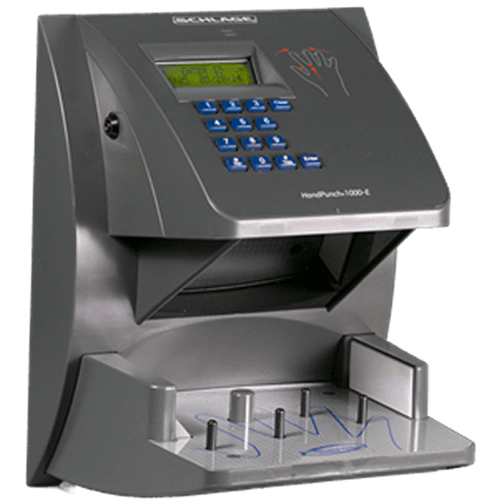

For example, you might require employees to clock-in with both a badge and a fingerprint. When you’re dealing with user logins, it’s worth thinking about if there are any extra security features available. Don’t take scalability for granted because it’s rarely available unless the manufacturer specifically mentions it. Others will allow you to connect the clock alongside several fingerprint scanners into a unified network. Some will allow you to expand that limit. ScalabilityĪre you trying to register eight people with the time clock, or are you trying to keep track of 80,000 people? Most fingerprint scanner time clocks will have a user limit. If you do actually need them, then you’ll want to look for printouts which are equal parts readable and economical to print. If you don’t actually need hard copies of timesheets, then you’ll be able to save an enormous amount of time, effort, and money. This is another instance where what matters most is the meeting the specific needs of your own unique circumstances. Some are built to print hard copies on paper, while others rely exclusively on digital transmission. How do you actually view and interact with the data you collect through the time clock? Most devices will have some kind of physical interface for you to use. But the quality of app support and cloud support does vary widely between different time clocks. Having remote access to your data is almost always a good thing, which makes that kind of support a very appealing feature to many business owners. That includes biometric fingerprint scanner time clocks. One of the reasons it’s getting easier to manage biometric devices is because everything is getting integrated into Wi-Fi. But what do you want to look for in a biometric time clock? Remote Access Because there’s really no better way to eliminate buddy punching than to make it impossible to do. That’s where you want features like biometric feedback and similar unique logins. Sometimes an employee might have a friend who is willing to punch their card while they’re away.

Of course, sometimes it’s not an accident. Automating the process of tracking hours can remove the danger of human error. Sometimes managers make mistakes reading time cards. Sometimes workers make mistakes punching their card. Choosing the Best Biometric Fingerprint Scanner Time Clock Though adding biometric technologies does make it a little more difficult to narrow down your selection due to the added complexity. It’s even become quite reliable for colder and dirtier environments. With the right equipment, your clock can calculate hours, accommodate shift trading, or otherwise remain as adaptable as a classic punch-clock.īiometric technology used to suffer from a variety of critical security failings, but over the past decade it’s become reliable enough for widespread usage. Because a time clock can do more than keep an eye on attendance. But it’s a little more complicated than that. This is a big help when it comes to being GDPR-compliant, and should assuage the nerves of any staff who are worried about how their fingerprints are being handled.Selecting a biometric attendance system is almost as simple as identifying the needs of your organization.
#FINGERPRINT TIME CLOCK SYSTEM CODE#
What actually gets stored is a unique code or signature that’s linked to the fingerprint.
#FINGERPRINT TIME CLOCK SYSTEM SOFTWARE#
Nope – generally, records of the fingerprints themselves aren’t stored within the machine, or via the software that works with it. We’d also recommend giving your lawyer a call to make sure you’re doing all you can to remain on the right side of GDPR compliance laws – it can’t hurt! Are your employee’s fingerprints stored? Most importantly, though, respect your employees and their data, and their rights to both know about it and access it when they want to.


 0 kommentar(er)
0 kommentar(er)
